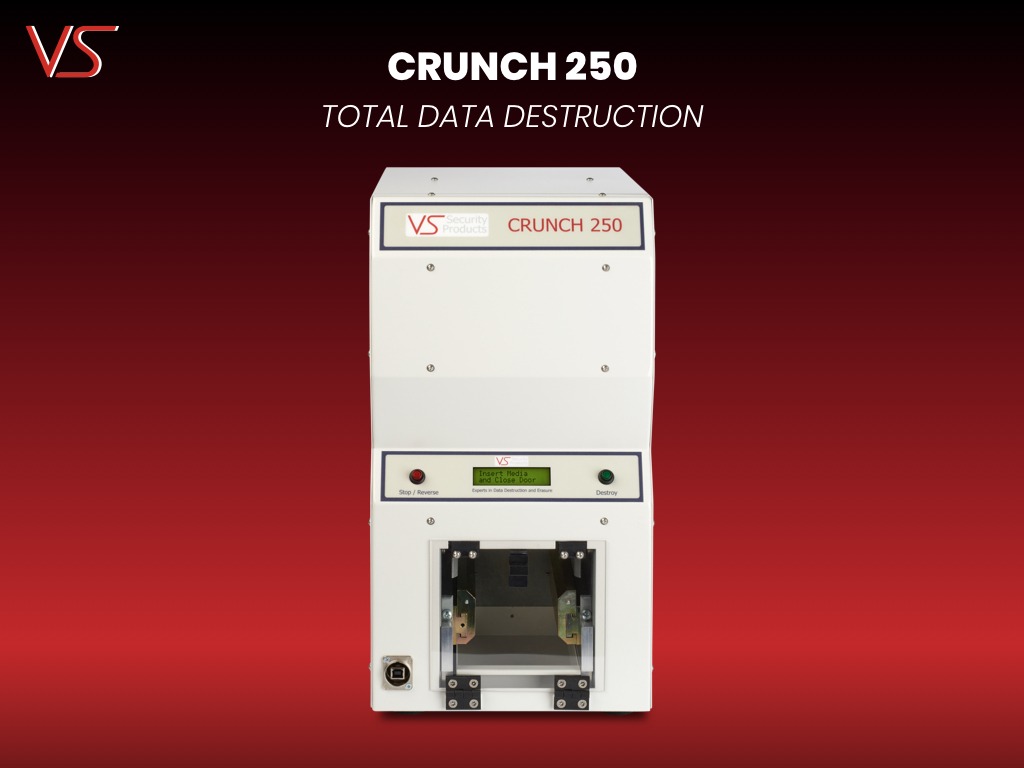What are the legal and regulatory requirements for hard drive destruction?

When hard drives are disposed of, it is important to ensure that the data on them is destroyed securely. This is to prevent unauthorized access to sensitive information, such as personal identifiable information (PII), financial data, patient records, company documents and trade secrets.
There are a number of legal and regulatory requirements that govern the handling of data where businesses need to consider how they are removing and destroying information once it is no longer being used. These requirements vary depending on the jurisdiction and country that your business operates in. Some common standards include:
- The Data Protection Act (DPA) in the United Kingdom. The DPA requires businesses to take appropriate steps to protect personal data. By ensuring that data is destroyed securely so that it cannot be recovered, companies in the process of upgrading IT systems, restructuring or being sold/liquidated can continue to protect personally identifiable information.
- The General Data Protection Regulation (GDPR) in the European Union. The GDPR is a strict data protection law that applies to businesses which process the personal data of individuals within the EU. The GDPR requires businesses to take even more stringent measures when it comes to processing and storing information.
- The Health Insurance Portability and Accountability Act (HIPAA) in the United States. HIPAA is a federal law that protects the privacy of patient health information. Businesses that are subject to HIPAA must take appropriate steps to protect this information. Organizations are recommended to carefully remove and destroy data securely when it is no longer needed.
In addition to these data laws, there are also a number of industry standards that govern the destruction of hard drives. These standards include:
- The National Institute of Standards and Technology (NIST) Special Publication 800–88. NIST 800–88 provides guidelines for the destruction of electronic media. The guidelines include a number of different methods for destroying hard drives, including shredding, degaussing, and overwriting.
- The NAID Data Security Standard. The NAID Data Security Standard is a certification program for businesses that destroy electronic media. Businesses that achieve NAID certification must meet a number of requirements, including using a secure method to destroy hard drives. Verity Systems is an approved NAID vendor, among other manufacturers.
The legal and regulatory requirements for hard drive destruction can be complex. It is important to consult with a legal advisor to ensure that your organization is complying with all applicable data laws and requirements.
How to destroy a hard drive securely when seeking to erase data records
There are a number of different methods that can be used to destroy a hard drive securely. Some of the most common methods include:
- Shredding. Shredding is one of the most effective ways to physically destroy a hard drive. This is because it destroys the platters that contain the data.
- Degaussing. Degaussing uses a strong magnetic field to erase the data on a hard drive. This is a less destructive method than shredding, but it is still considered the most secure and effective way in destroying data.
- Overwriting. Overwriting the data on a hard drive can also be used as a method in destroying data. This is done by writing new data over the old data multiple times, however it does not guarantee the secure erasure of previous data, and is not suitable for organizations that need complete data destruction.
The best method for destroying a hard drive will depend on the specific requirements of your organization. If you are unsure of which method to use, you should consult with a data destruction specialist.
Conclusion
The legal and regulatory requirements for hard drive destruction can be complex. However, it is important to ensure that your organization is complying with all applicable data laws and taking precautions when handling electronic mediums that store information. By following the guidelines outlined in this article, you can help to ensure that your hard drives are destroyed securely and that sensitive data is safely removed.
Photo credit: © Shubham Bombarde


